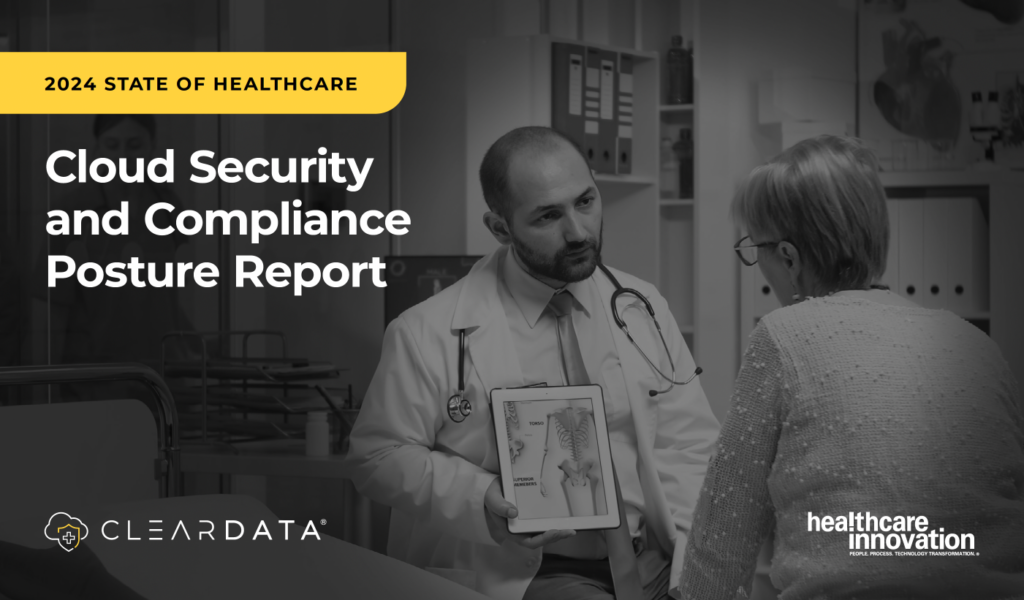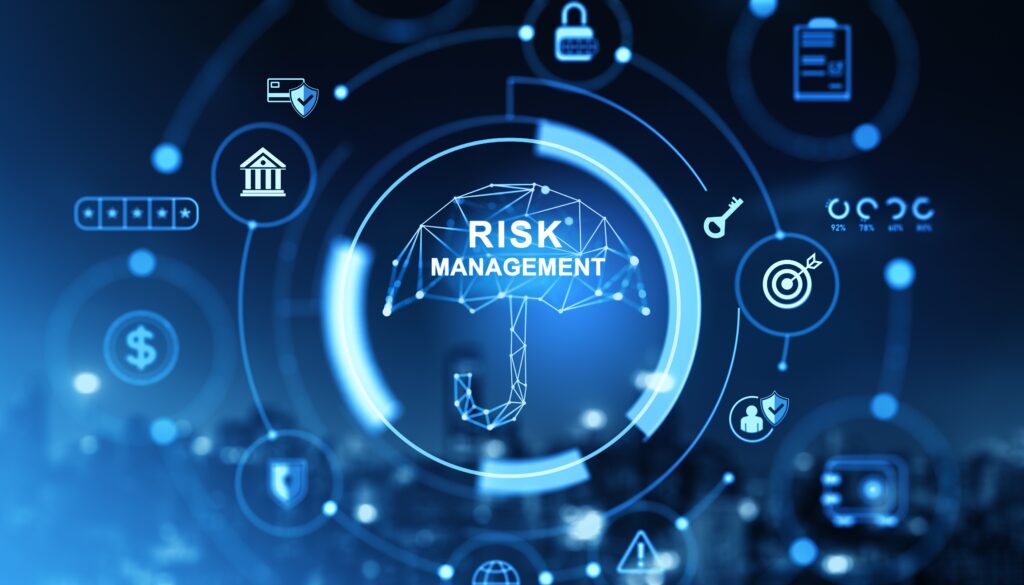With both breaches and outages hitting healthcare and impacting patients, it’s clear that only the strictest security and compliance measures will keep PHI safe. In his latest webinar, ClearDATA Chief Technology Officer (CTO) Jim Ducharme speaks of both the progress and persistent challenges in healthcare cloud data security, and he provides actionable guidance for healthcare technology leaders.

High Cybersecurity Confidence, Low Preparedness
One of the standout revelations from the webinar was the paradoxical relationship between confidence and preparedness. While a striking 78% of healthcare organizations expressed high confidence in their cloud security and compliance posture, only a small fraction are utilizing essential security measures. Specifically, just 23% are leveraging multi-factor authentication (MFA), and a mere 37% monitor privileged access. Jim calls out how that gap creates a significant vulnerability, one that could lead to a devastating PHI data leak.
Budget Increases vs. Persistent Misconfigurations
Despite an increase in cybersecurity budgets—63% of organizations are upping their investment by at least 10%—cloud incidents remain a frequent issue. Even as healthcare IT budgets grow, misconfigurations aren’t slowing down. It begs the question: Are these healthcare cybersecurity investments actually effective? Jim underscored the ongoing need to be strategic with your cloud cybersecurity budget allocations, and that leaders need a deeper understanding of the essential resources to protect cloud ecosystems.
Patient Data Security in Cloud Services is Changing
It’s a changing world, and as we adopt advancements in healthcare, we also must be wary of how they threaten operational resilience. As healthcare providers, payers, and hospital systems modernize, they often have to work backward to secure legacy systems that were migrated to the cloud with fewer security standards. Jim stressed that the only way forward in a rapidly evolving industry like healthcare is investing in ongoing staff training and education.
Key Challenges for Healthcare Organizations
- Staying ahead of emerging technologies, such as AI and advanced cloud capabilities
- Implementing the most effective, fortified security strategies as they evolve towards containers and ephemeral instances
- Defending against cyberattacks as they become more sophisticated and targeted
- Ensuring data privacy and confidentiality in a highly regulated industry
- Integrating legacy systems with modern cloud solutions
- Maintaining data integrity and availability in the event of system failures or outages
- Managing costs while effectively meeting business objectives
By staying informed about emerging technologies and evolving best practices, healthcare organizations can better protect sensitive data and maintain compliance with regulatory requirements.
Addressing Healthcare Cloud Security and Compliance Debt
In healthcare, a breach can cost an organization up to 11 million—and 51% of healthcare CIOs and CISOs report increasing their cybersecurity investments after a breach. So what can we do to stop them? Jim stressed that it’s time for healthcare IT leadership to shift from a reactive to a proactive approach, investing in preventive measures rather than being struck by massive fines and increased costs in the fallout from a breach. Essentially, it’s time to reframe the narrative: Lighter security equals higher cost on the backend and in the long run.
[In healthcare]…cleaning up the mess becomes exorbitantly more expensive than the preventative measure that they could have done.
—Jim Ducharme, ClearDATA CTO
It means addressing your security and compliance debt today, or wait for that debt to turn into unaddressed vulnerabilities that, if left unattended, can lead to breaches and financial penalties. Knowing where your debts stand and understanding the potential costs is are the first and critical steps to shore up your cloud security investment at the onset.
Real-World Responses
It really comes down to people, process and technology. There is a new acronym born every day in the world of healthcare security and compliance, like CNAPP, KSPM, CSPM, MDR, and more. So we see healthcare organizations purchasing new tools in attempt to keep pace – but they do this without wrapping them in the right processes or employing the right skillsets to operate them.
To better address this, more healthcare organizations are starting to update and lock down their onboarding and offboarding processes. This ensures sensitive data is more tightly controlled.
More healthcare organizations are also recognizing the need for a diverse skill set to manage different cloud environments effectively, especially as new technologies like generative AI come into play. This is especially true for organizations that are migrating to the cloud and need to strike a delicate balance between modernizing their environments and maintaining strong cybersecurity measures.
“So even where you see the right technology investments, we have to marry that with the right processes to manage them, to operate them and have the requisite skill sets to do that.”
—Jim Ducharme, CTO ClearDATA
Budgeting for the Cloud

Companies often struggle to shore up the appropriate investments before a breach happens. Healthcare Organizations can’t afford to wait for a breach, and neither can your customers and patients.
- Assess your security and compliance posture to identify potential vulnerabilities in your infrastructure.
- Based on this assessment, develop a compelling business case and funding proposal to prevent costly breaches.
With proactive measures, healthcare organizations can confidently ensure cloud-based patient data security while staying ahead of cyber threats.
Securing the Future of Healthcare in the Cloud Proactively
The rapid evolution of technology and the persistent threats in the cyber landscape compel organizations to proactively adapt vigorously and continuously refine cloud-based patient data security and compliance strategies.
Throughout the webinar, Jim emphasized that addressing security and compliance debt head-on means healthcare organizations can protect themselves against potential breaches and enhance their operational resilience so that can more quickly recover from an outage or other security incident if it does strike. If your organization is ready to strengthen its cloud security framework, don’t hesitate to take the next step. Schedule a healthcare consultation with a security and compliance expert today and ensure that your approach to cloud security is as robust as the services you provide to your patients.
Together, we can build a safer healthcare future.



